How to Get Rid of Mould | A Step-by-Step Guide
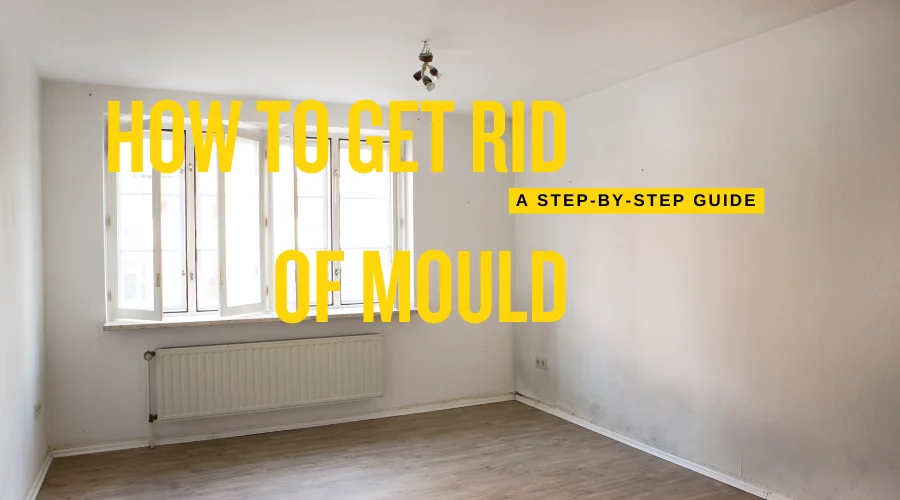
How to Get Rid of Mould | A Step-by-Step Guide
Mould is a common problem in many homes, thriving in damp, humid environments like bathrooms, basements, and kitchens. It not only looks unsightly but can also pose health risks, including respiratory issues and allergies.
Fortunately, getting rid of mould doesn’t have to be difficult or expensive. With the right tools and techniques, you can effectively eliminate mould and prevent it from returning.
this blog, we’ll walk you through five simple steps to rid your home of mould.
Tools You Need
- Mould Remover
- Scourer or Brush
- Super Cloth or Clean Towel
- White Vinegar
- Baking Soda
- Protective Gear
- Spray Bottle (If the cleaner doesn’t come in ready to use spray bottle)
Step 1
Find the Source of Moisture
Mould grows because of moisture, so the first thing you need to do is find where the water is coming from. Look for places in your home where water might be leaking or where humidity is too high. Here are some things to check for:
- Leaky pipes or faucets
- Condensation on windows or walls
- Damp spots on the ceiling or walls
- Poor ventilation in rooms, like bathrooms or basements
Once you find the problem, fix it right away. You might need to repair leaks, use a dehumidifier, or open windows more often to keep air flowing. Without moisture, mould won’t be able to grow!
Step 2
Gather Your Cleaning Supplies
Before you start cleaning, make sure you have the right products. You can either buy a mould remover or use natural cleaning ingredients you already have at home.
Store-bought mould removers: If you prefer a powerful mould cleaner, consider using Selleys Rapid Mould Killer.. It’s a trusted product that helps to kill mould and mildew on a variety of surfaces, including walls, tiles, and grout. Simply spray the product directly onto the mouldy areas and let it sit for a few minutes before scrubbing.
DIY solutions:
- Vinegar: White vinegar is great for killing mould and is safe to use. Pour it into a spray bottle and spray it directly onto the mouldy areas.
- Baking soda: Baking soda is another simple way to remove mould and deodorize the area. Mix a little baking soda with water to make a paste, then scrub it on the mould.
- Hydrogen peroxide: You can use a 3% hydrogen peroxide solution to clean mould off surfaces. It’s safe and effective, just spray it directly on the mould.
Make sure to wear gloves, a mask, and goggles to protect yourself from the mould spores.
Step 3
Clean the Mouldy Areas
Now that you have your cleaning products ready, it’s time to scrub away the mould. Use a sponge or scrubbing brush to apply the cleaning solution to the mouldy spots. Let it sit for about 10–15 minutes to give it time to work, then scrub it away.
- For small areas: Spray the solution directly on the mould and scrub the surface.
- For bigger areas: You might need a power washer or steam cleaner if the mould is spread out. If it’s on something soft, like a carpet, you may need to get professional help.
Once you’ve scrubbed away all the mould, use a clean towel to wipe up any remaining cleaning solution or water.
Selleys Turtle Wax Hybrid Seal N Shine Wax – 473ml
1 reviews Original price was: $29.99.$22.90Current price is: $22.90.Step 4
Rinse and Dry the Area
After you’ve cleaned the mould, it’s important to rinse the area with clean water to remove any leftover cleaning products. Then, dry the surface completely with a clean towel.
Mould thrives in wet environments, so drying the area is very important. If the space is large or hard to dry, you can use a fan or a dehumidifier to speed up the process. Open windows to help air circulate and dry the room faster.
Step 5
Prevent Mould from Coming Back
Once you’ve removed the mould, the next step is to stop it from coming back. Here are some simple things you can do to keep your home mould-free:
- Improve ventilation: Make sure your home has good airflow, especially in bathrooms and kitchens. Use exhaust fans, open windows, and consider using a dehumidifier to keep moisture low.
- Fix leaks quickly: Any leaks in your roof, walls, or pipes should be repaired immediately. This will stop water from building up and creating a perfect environment for mould.
- Seal windows and doors: Check for any gaps or cracks in windows and doors where water might be getting in. Seal them up to keep moisture outside.
- Use mould-resistant products: Consider using mould-resistant paints or treatments for areas that are more likely to have mould, like bathrooms or basements.
- Clean regularly: Make sure to clean areas that are prone to mould, like around showers or sinks. The sooner you notice a problem, the easier it is to fix!





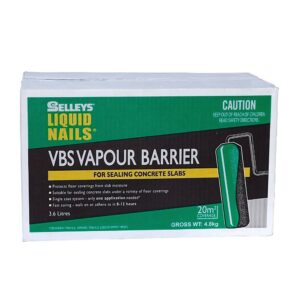
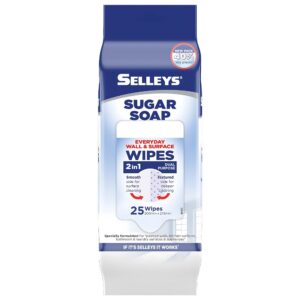
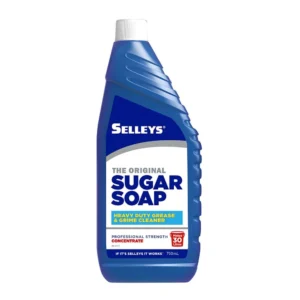
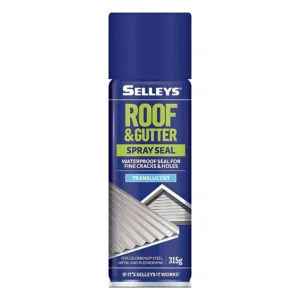
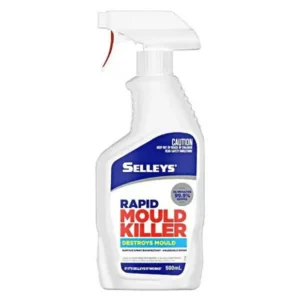
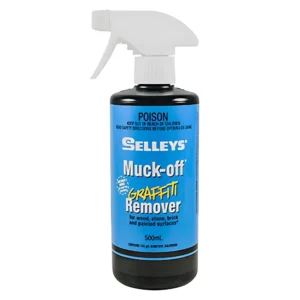
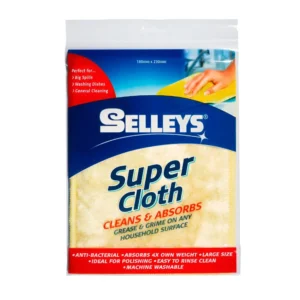

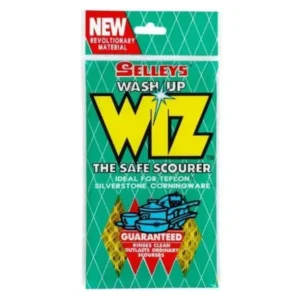
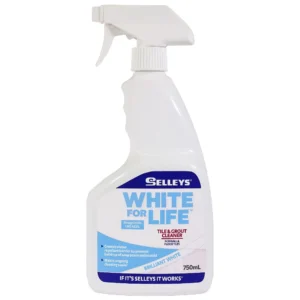
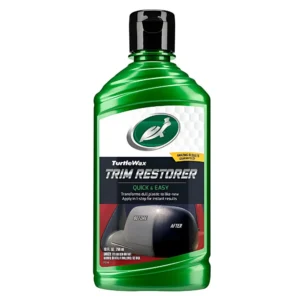
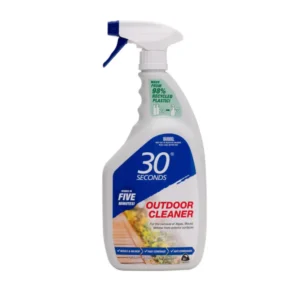

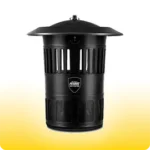 Mosquito Traps
Mosquito Traps